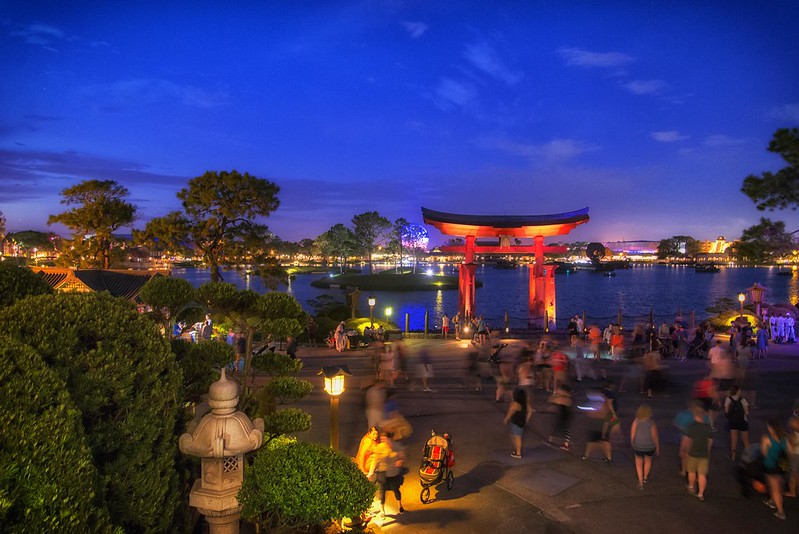WallyWorld
Active Member
ARW is raw. I am just starting to use Capture One and I like it so far. Same as with LR, you will be amazed at what you can do with the pictures you took.
ISO-wise...there is a setting where you can set the high and low ISO range for when you select ISO auto...it will keep from raising the ISO too much a the pic getting grainy. I am slowly learning, but there are a lot of great features on this camera.
Once again....thanks for starting the thread.
ISO-wise...there is a setting where you can set the high and low ISO range for when you select ISO auto...it will keep from raising the ISO too much a the pic getting grainy. I am slowly learning, but there are a lot of great features on this camera.
Once again....thanks for starting the thread.




